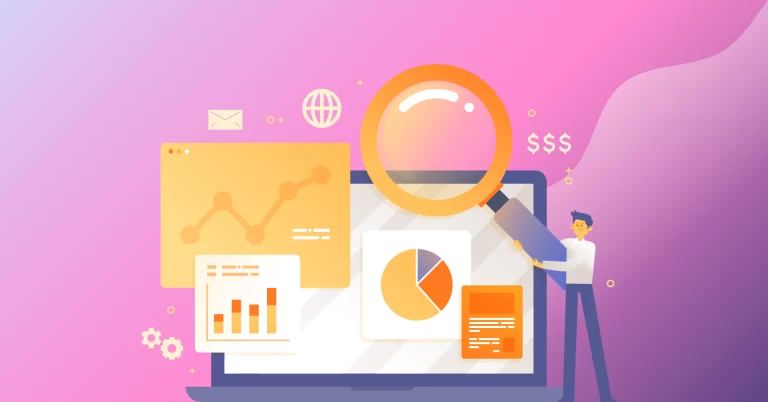
In 2023, users’ attention is the global currency for which every brand and corporate bigwig competes. Attention spans are scarce resources, and enterprises are on their haunces to get a sweet share of the pie, irrespective of the cost. While the cost of attention has been rising rapidly and consistently, the quality of paid attention has plunged even more. In today’s day and age, when innumerable communications exist between consumers and brands, it is understandable that consumers feel increasingly overstimulated. As the world becomes increasingly fast-paced, complex, confusing, and polarizing, it has been very difficult for brands to grasp and hold viewers’ focus truly. So, the pertinent question remains, what does the ‘attention cinch’ mean for marketers, and how can they navigate this rather uncharted territory? Let us find out!
The Price of Attention: Some Facts and Figures
- The facts and figures regarding humans’ attention spans are interesting, to say the least. To begin this, let us clear the air by mentioning that the infamous statistic that says humans have an attention span of 8 seconds, lesser than that of goldfish, is fake and false. The study was, in fact, conducted by Microsoft’s Advertising department and surveyed a small sample size of 1200 Canadians about their Internet habits. Of course, the collective attention span is decreasing, or rather being divided through ‘selective attention.’
- According to Facebook, a person spends only 2.5 seconds viewing a post from a desktop device, and the time is even lesser on mobile. However, on the contrary, humans have complete capabilities for sustained attention. As revealed by Netflix’s tracking data, people pay attention to good movies and series for much longer than 8 seconds.
- An EyeSee survey illustrates that only 7 percent of people who view a 20-second video post on a timeline actually take the time to watch the whole video. Likewise, about 27 percent of viewers stay on a post for less than one second. On the contrary, a Deloitte report shows that 73 percent of people had binge-watched a show, implying that they had watched five hours of content in one sitting.
When analyzed at face value, such disparate data may lead to limbo – are people’s attention spans increasing or cinching? Well, the answer is not as plain and simple as we had previously imagined it to be. Brands and enterprises need to hunker down on straightforward statistics and data to determine how to capture the audience’s attention!
The Double Whammy of Attention Spans: What Does It Mean for Brands?
In 2023, as information overload reaches an unsustainable and impalatable level, people’s attention spans tend to fragment among different activities. For instance, a person may be listening to a podcast while driving, implying that they are deliberately dividing their attention or alternating their focus and paying a low level of attention to both activities. Thus, what can brands do in such a situation? Is creating a catchy, 8-second ad without much substance enough? Let us try to navigate the situation.
- Create Catchy Ads – The first way to navigate the situation is by aiming for 8-second scraps of attention, wherein you lean on punchy and flashy ads that are all about superficial facts and not much substance. The problem with such a message is that you end up sacrificing memory encoding and have to hit the audience with the same kind of message over and over for things to stick.
- Create Immersive Content – The second way to go about the situation is not to view attention as a scarce resource that needs snackable content but as something that can be captured for a prolonged time with deep work and immersive content. Brands must push to tell stories that are full meals than a throwaway snacks.
- Sensory-led Product Sensory – Last but not least, brands can focus on sensory-led product designs that elevate consumers’ perceived reality of an experience. As human senses are intrinsically intertwined, information received by one sense can ‘bend’ how information is interpreted by another.
Concluding Thoughts
So, there we have it, a crisp overview of the apparent attention scarcity brands compete for. As we have established, it is not a correlation, and it is important to scratch beneath the surface level. Investing in the right market research is an excellent way to navigate the situation. At Consumer Opinion (C-O), we offer state-of-the-art market research assistance to help your brand captivate the audience’s attention succinctly.




